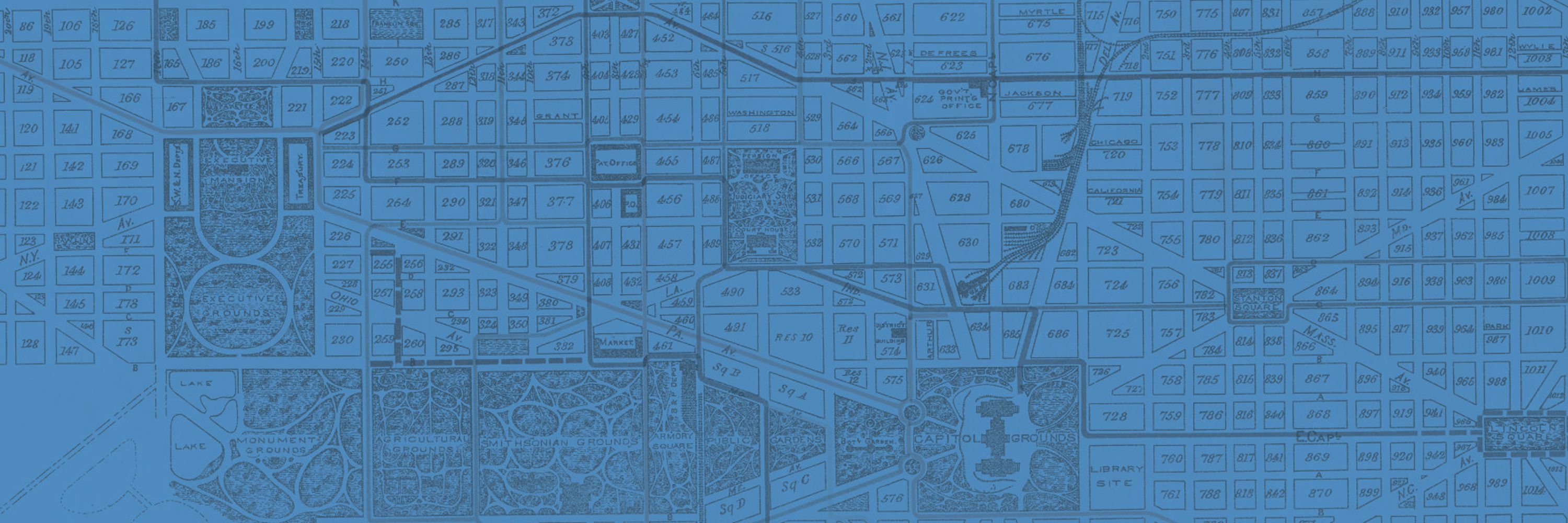DC History Center
@dchistorycenter.bsky.social
180 followers
49 following
210 posts
An educational nonprofit that deepens understanding of DC's past to connect, empower, and inspire.
dchistory.org
Posts
Media
Videos
Starter Packs














